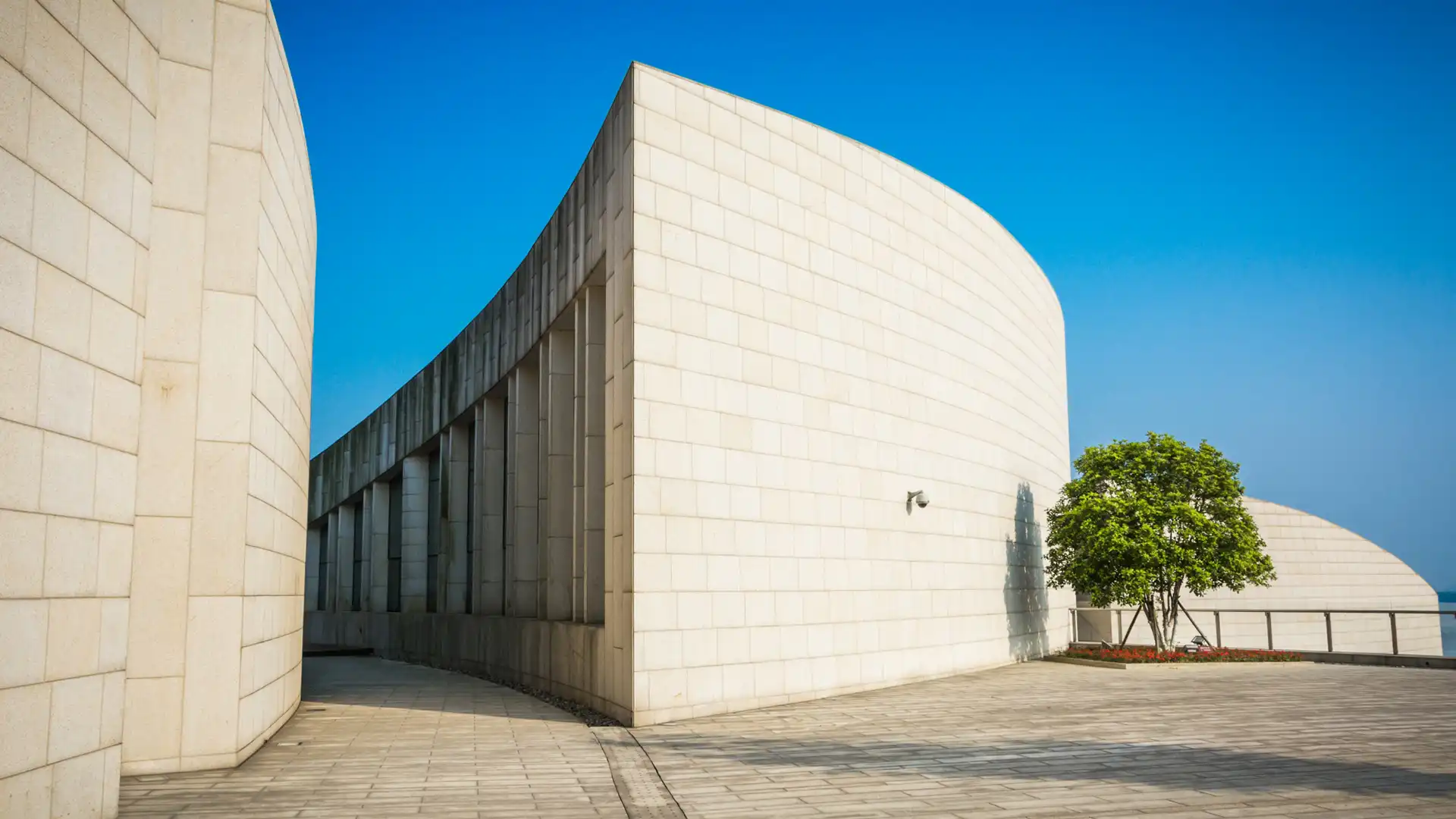Indian Natural Stone: A Global Benchmark in Design and Durability

India’s natural stone formations are among the oldest and most geologically mature in the world, with some granites dating back over 3 billion years. Studies indicate that Indian granites exhibit high uniaxial compressive strength (112–136 MPa), making them exceptionally durable and resistant to weathering1. European granites, such as those from Scotland’s Lewisian Gneiss Complex, are also ancient (2.7–3.0 billion years old) but show varying strength levels due to mineralogical differences2. This geological maturity, combined with India’s vast deposits and diverse colour variations, makes Indian natural stones a preferred choice for architects and builders worldwide.
India contributes nearly 27% of global production as one of the largest natural stone producers. It offers extensive materials, including granite, marble, sandstone, limestone, basalt, slate, and schist. With deposits estimated at 1,700 million cubic metres, Indian quarries provide a variety of stone types, each with unique characteristics suited to different architectural applications.3
What Makes Indian Natural Stone Stand Out?
Beyond their visual appeal, Indian natural stones are prized for their exceptional durability, versatility, low maintenance, and diverse aesthetic options. Many of these stones are naturally weather-resistant and require minimal upkeep, making them ideal for contemporary and traditional designs.
Types of Indian Natural Stones and Their Uses
Sandstone
Indian sandstone, primarily sourced from Rajasthan, is valued for its durability and low porosity. Available in shades of grey, beige, and red, it is a preferred choice for pathways, driveways, swimming pools, staircases, and landscaping due to its low maintenance and weather-resistant properties.
Limestone
Found in Rajasthan, Telangana, and Andhra Pradesh, limestone is sturdy and visually appealing. It is frequently used for exterior paving, patios, and interior accents and can be further enhanced through different finishes.
Granite
India holds nearly 20% of the world’s granite deposits, offering a diverse palette of colours from pink to grey, with over 200 shades available. Known for its resilience, granite is commonly used in flooring, countertops, and architectural accents.
Basalt
Basalt is a fine-grained igneous rock often seen in dark grey hues. Its dimensional stability makes it a preferred material for paving, retaining walls, contemporary interiors, and structural applications such as road construction.
Marble
Once considered a luxury, Indian marble is now widely accessible. Rajasthan is home to some of the most sought-after varieties, including Makrana, Rajnagar, and Katni. Its versatility allows for applications in flooring, countertops, staircases, and decorative elements.
Slate
Slate is sourced mainly from Himachal Pradesh, Rajasthan, and Andhra Pradesh. It is known for its natural split texture and anti-slip properties. It is commonly used for roofing, wall cladding, patios, and outdoor flooring.
Schist
Schist is a metamorphic rock distinguished by its layered, shimmering texture due to its high mica content. Found in different regions of India, it is known for its durability and aesthetic appeal. Commonly used for wall cladding, flooring, and landscaping, schist offers a unique natural look with colours ranging from silvery-grey to earthy browns.
A Timeless Choice for Modern and Traditional Design
Indian natural stone is not just a material but a design statement. Whether used in contemporary spaces or traditional architecture, its durability, natural beauty, and versatility make it an ideal choice for designers and builders worldwide.
Indian stone has withstood the test of time, evident in historic monuments such as the Taj Mahal, which is crafted from Makrana marble, and contemporary architectural achievements. As sustainability and authenticity gain prominence in global design trends, the demand for Indian natural stone continues to rise.
References:
- Springer (2024). Geotechnical Properties of Indian Granites. https://link.springer.com/article/10.1007/s12046-024-02635-4
- British Geological Survey (BGS), n.d. Lewisian Gneiss Complex – Scotland’s Oldest Rocks. https://www.bgs.ac.uk/
- Research Dive. Global Natural Stone Market Analysis. https://www.researchdive.com/8515/natural-stone-market
- Indian Minerals Yearbook- 2021 Vol. II (Reviews on Metals and Alloys).
https://ibm.gov.in/writereaddata/files/171445830866308ec435a22IMYB_2021_Volume_III.pdf
